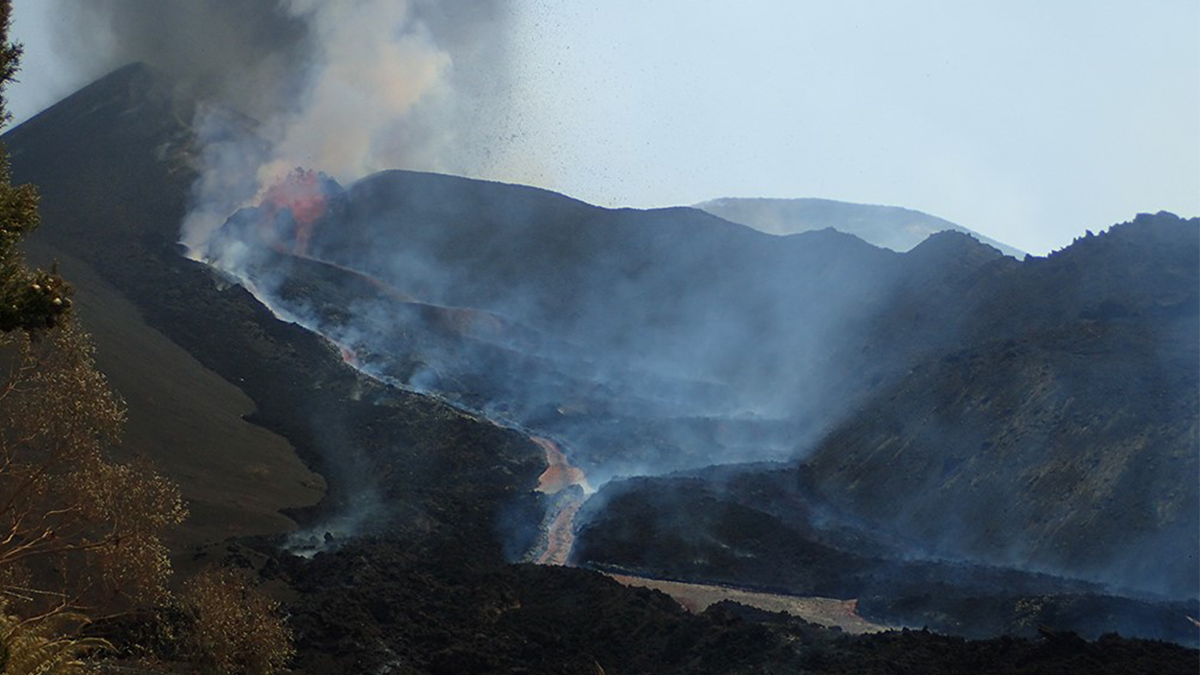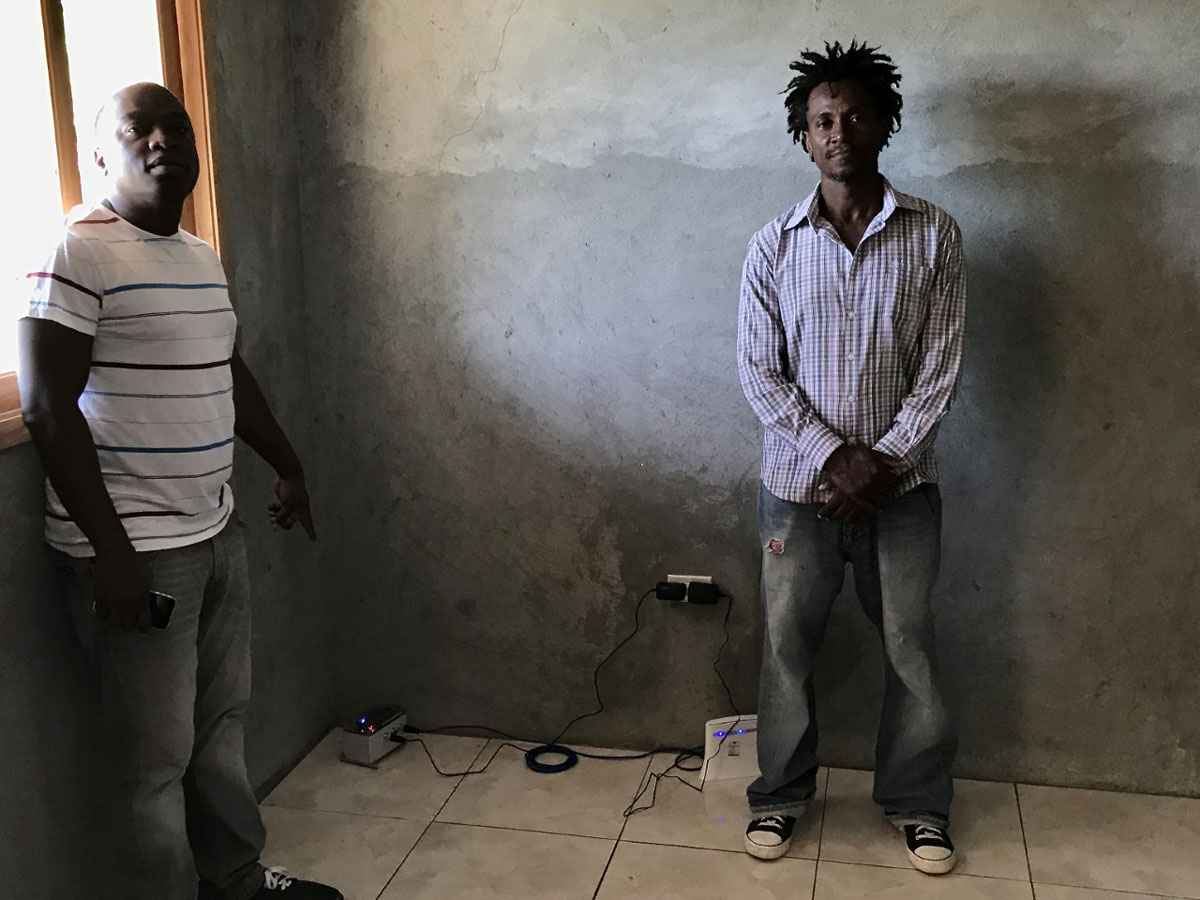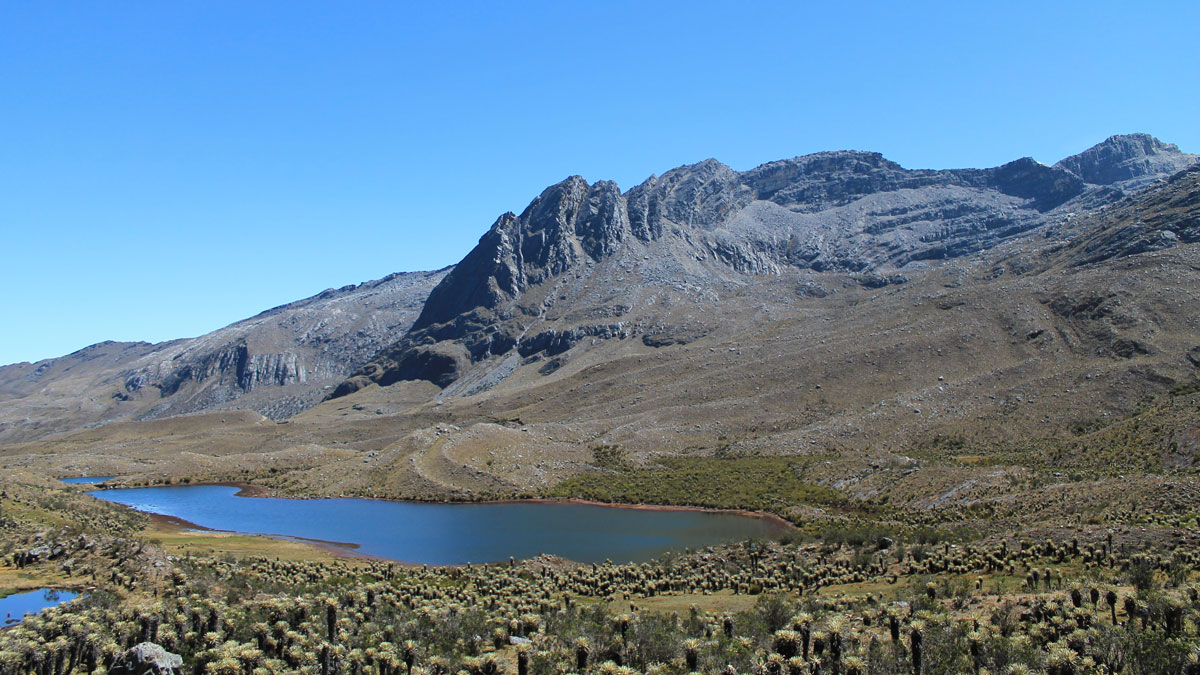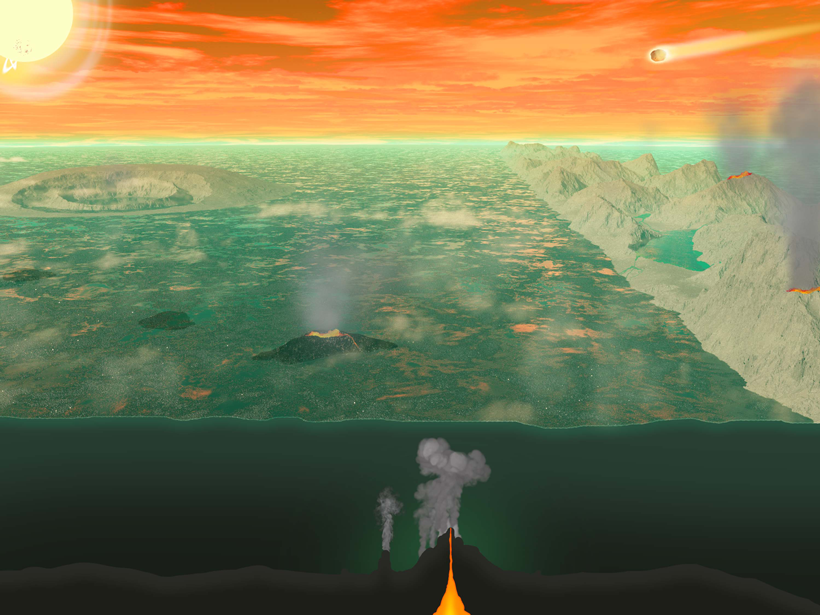A new cross-journal special collection invites contributions on modern approaches used to investigate dynamics of volcanic processes.
transdisciplinary science
Indoor Air Pollution in the Time of Coronavirus
How aerosol scientists spread the word on the airborne transmission of COVID-19–and what it means for cleaning our indoor air.
Understanding and Utilizing the Fractured Earth
The prediction of flow and transport in fractured rock is one of the great challenges in the Earth and energy sciences with far-reaching economic and environmental impacts.
Community Science Builds a Seismic Network in Haiti
Small, inexpensive seismometers are capable of sharing high-quality data in real time—and were put to the test during an August 2021 earthquake.
A Puzzle Mat for Assembling Colombia’s Geologic History
A new database compiles all the available pieces of information about Colombia’s geochronology, offering scientists a consistent framework in which to view and study the data in a broader context.
Cuando los ríos están contaminados, las inundaciones son solamente el primer problema
A medida que las inundaciones aumentan en frecuencia e intensidad, los productos químicos enterrados en los sedimentos de los ríos se convierten en “bombas de tiempo” que esperan activarse.
The Young Earth Under the Cool Sun
How did our planet avoid being frozen solid during the early days of our solar system?
Rethinking the Search for the Origins of Life
Early Earth conditions and the chemistry that led to life were inextricably interwoven. Earth scientists and prebiotic chemists are working together in new ways to understand how life first emerged.
The Uncertain Future of Antarctica’s Melting Ice
A new multidisciplinary, international research program aims to tackle one of the grand challenges in climate science: resolving the Antarctic Ice Sheet’s contribution to future sea level rise.
An Ambitious Vision for the Future of Scientific Ocean Drilling
Scientific ocean drilling is an enduring paragon of global research, advancing knowledge of Earth and informing scientists and educators for 55 years. A new road map plots the way to further discovery.










